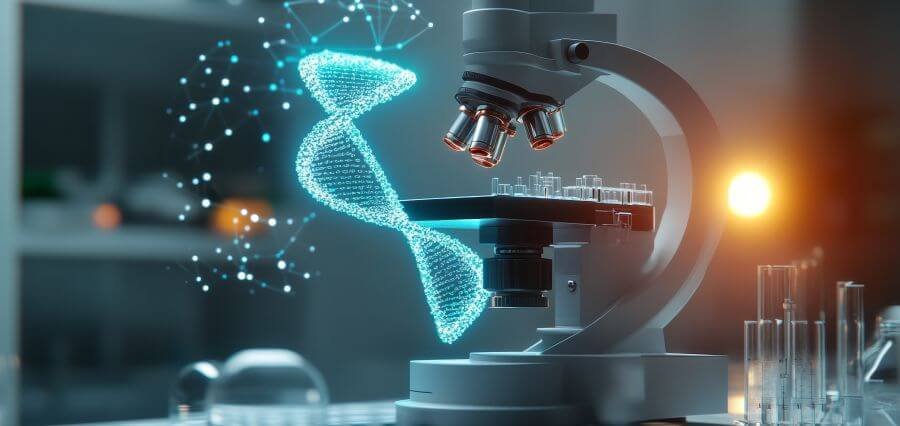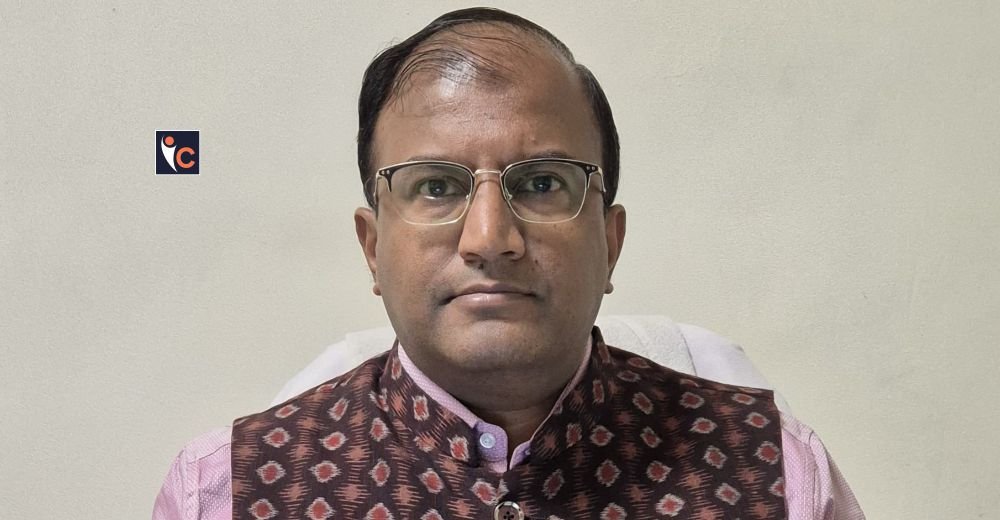Medical diagnosis practice is evolving deeply because modern technologies now speed up disease identification and treatment delivery. New technologies improve accuracy and speed of clinical tests to serve both patients and doctors better. Modern technology including AI wearables and genetics is changing how doctors diagnose patients.
This text explains what drives the upcoming healthcare change through key discoveries and explains their healthcare effect.
Artificial Intelligence and Machine Learning
Malpractice testing and medical image review perform better with artificial intelligence technology that processes large amounts of medical data. The specific ability of machine learning in AI lies in finding subtle patterns which makes it effective for disease detection in its initial stages. AI systems now detect early-stage illnesses through scanning radiology pictures better than any doctor at this task.
Dermatology doctors now use AI systems that match their professional skills to examine skin lesion images and identify cancer. The systems exist to assist medical staff rather than replace them and help prevent mistakes while making examinations faster. New AI breakthroughs will further enhance patient care as they approve current processes and lead better healthcare results.
Next-Generation Sequencing and Genomics
Genomic science testing has evolved through next-generation sequencing (NGS) to rapidly process entire genetic information in a person. This technology lets doctors make individual patient assessments by finding specific genetic diseases of cancer and rare disorders. NGS gives doctors a way to find out specific medical problems and make personalized treatment plans that match the results.
Patients can now receive cancer diagnosis through painless blood tests supported by NGS. Blood tests that look at tumor DNA provide doctors with advance notice of cancer development and treatment performance results.
Wearable Devices and Remote Monitoring
Wearable technology is pushing clinical diagnostics outside hospital walls. Smartwatches and fitness bands monitor heart rate, oxygen saturation, and sleep patterns in real time, alerting users to abnormalities such as irregular heart rhythms. Next-generation wearables are appearing with the ability to measure glucose or capture cardiac events, providing data directly to healthcare providers.
For long-term diseases, the devices allow round-the-clock monitoring, cutting clinic visits while maximizing clinical diagnostics in real-time. Combined with telemedicine, wearables may predict illnesses ahead of time with the help of AI, making diagnoses more proactive and patient-centric.
Point-of-Care Diagnostics and Lab-on-a-Chip
Point-of-care (POC) testing is speeding up clinical testing by providing laboratory-quality results right in the patient’s bed. Lab-on-a-chip technology miniaturizes sophisticated testing onto very small devices, examining samples such as blood or saliva within minutes. It is a revolution in rural settings where there is little access to conventional laboratories.
The COVID-19 pandemic highlighted the worth of POC testing using rapid antigen kits. Innovations are now extending POC clinical diagnostics to include infectious diseases, cardiac markers, and others. As they develop, such tools will decentralize diagnostics, reducing delays and enhancing care efficiency.
Nanotechnology and Biosensors
Nanotechnology is upscaling clinical diagnostics to unprecedented sensitivity. Nanosensors can identify biomarkers at minute quantities, pinpointing ailments such as cancer or Alzheimer’s much earlier than existing tests. These miniature gadgets hold the promise of making diagnostics more accurate by capturing faint signals that fell below the radar earlier.
Future nanotechnology may make in vivo diagnostics possible, diagnosing disease from within the body. Experimental as it is, this process might change clinical diagnostics to real-time, continuous monitoring, presenting an active approach to chronic diseases.
Challenges and the Road Ahead
These technologies meet challenges. There is a pressing need for data privacy, particularly in wearables and AI handling sensitive health data. Schemes of regulation need to weigh up safety against innovation in clinical diagnosis. Their implementation in healthcare systems also requires training and infrastructure, especially in underserved areas.
Cost is still a barrier. Although NGS costs are declining, affordability and insurance coverage will dictate the scalability of advanced clinical diagnostics. Breaking these barriers is necessary to provide equal access to these revolutionary tools.
A New Era of Healthcare
In the context of AI, genomics, wearables, POC devices and nanotechnology, clinical diagnostics is in the middle of a golden age. These are all tele prospective technologies that herald the shift towards precision medicine—rapid, precise and personalized diagnoses. It will predictively detect diseases before they reach the stage at which they can be diagnosed clinically.
Adoption of these innovations in health care enables prevention instead of treatment. Data driven, patient focused with the prospect to save lives earlier and wiser interventions is promising and the future of clinical diagnostics. Today the technologies that are shaping this space are chart an indeed healthier tomorrow.





